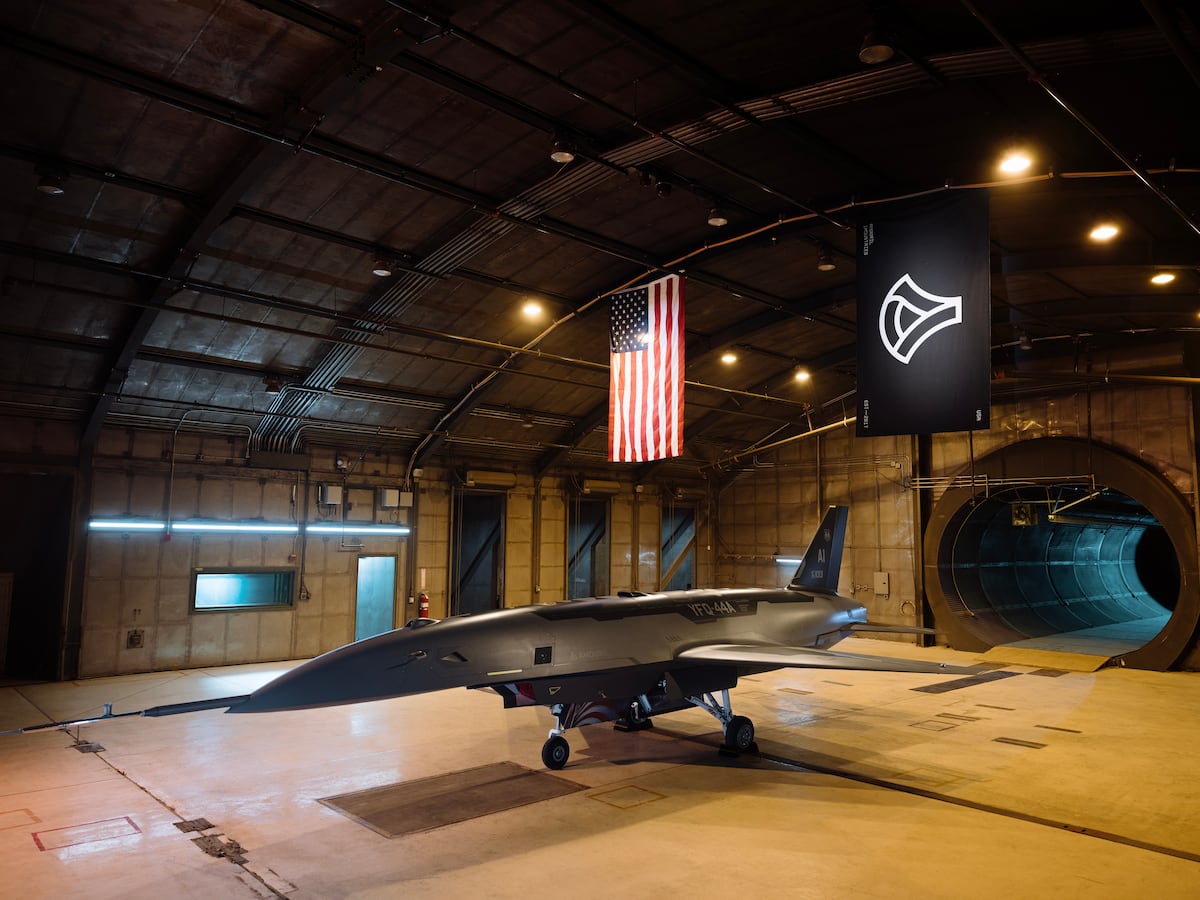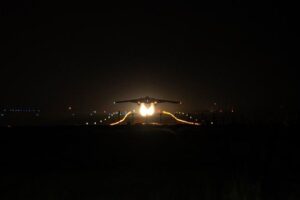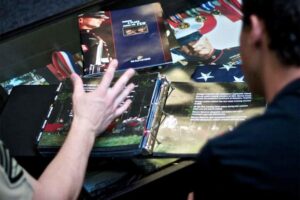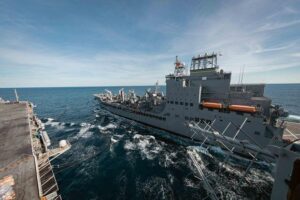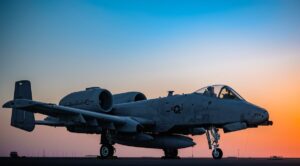Air Force Initiates Ground Testing of Anduril’s Semiautonomous Drone Wingmen
The U.S. Air Force has embarked on a significant phase of its aviation strategy, initiating ground testing for its first semiautonomous drone wingmen, known as collaborative combat aircraft (CCA), developed by Anduril Industries. This move signals a major step forward, with the potential for these drones to take to the skies within a few months.
General Dave Allvin, the Chief of Staff of the Air Force, made the announcement through a post on X, previously Twitter. The post featured a video showcasing the dramatic unveiling of Anduril’s YFQ-44A, which was formerly referred to as Fury. Allvin emphasized the importance of this milestone, stating, “This is a huge milestone and another step toward first flight and rapid delivery [of CCAs] to our warfighters. These unmanned fighters are going to be badass!”
Anduril Industries is optimistic about the progress, with plans to commence flight testing of the YFQ-44A during the summer. Jason Levin, Anduril’s senior vice president of air dominance and strike, highlighted the transformative potential of CCAs, saying, “Together, Anduril and the United States Air Force are pioneering a new generation of semi-autonomous fighter aircraft that will fundamentally transform air combat.” He added that the YFQ-44A offers a highly capable, scalable, and affordable fighter solution designed to maintain a technological edge.
The Air Force plans to establish the first CCA readiness unit at Beale Air Force Base in California, tasked with ensuring these aircraft are prepared for rapid global deployment. This development follows the Air Force’s April 2024 announcement, selecting Anduril and General Atomics to spearhead the initial design, construction, and testing of CCAs, which are expected to operate alongside advanced fighters like the F-35 and the Next Generation Air Dominance fighter (F-47).
CCAs will function using autonomous software, requiring minimal pilot intervention and capable of executing various roles, including airstrikes, intelligence, reconnaissance, electronic warfare, and acting as decoys to divert enemy attention from manned aircraft. The Air Force envisions a potential fleet of approximately 1,000 CCAs, aiming to extend operational reach and address the shortage of pilots and advanced fighters.
Allvin further articulated a shift in acquisition strategy, emphasizing the importance of rapid iteration and adaptation over long-term maintenance of existing models, stating, “Our new mantra needs to be ‘built to adapt’ rather than ‘built to last.’” This approach aligns with his previous statements on keeping CCA missions straightforward and cost-effective, enabling mass production and regular updates.
Meanwhile, General Atomics has yet to start ground testing its own CCA, the YFQ-42A, but remains on track for tests and flights in the near future. As the Air Force and its partners advance these projects, the focus remains on bridging design and flight phases to mitigate integration risks and expedite fielding, as noted by Allvin, “We’re moving fast because the warfighter needs this capability.”
Looking ahead, the Air Force plans to decide by fiscal 2026 which CCA version will proceed to production, while also developing a second iteration featuring enhanced mission capabilities and cutting-edge technologies.

